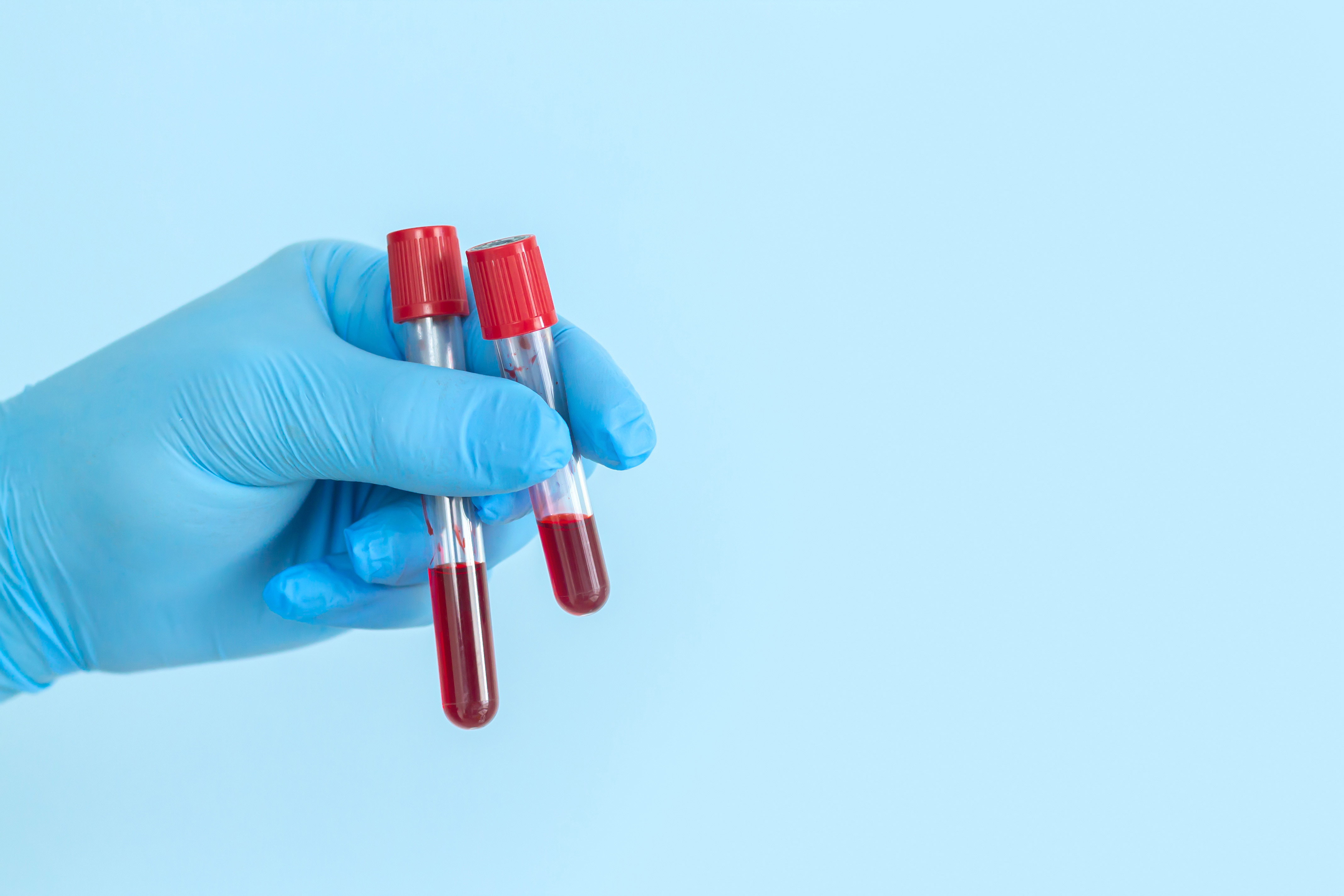Specimen Collection and Transport
All diagnostic information from the laboratory is based on the quality of the specimen received. Consequences of a poorly collected and/or poorly transported specimen include failure to isolate the causative microorganism and the possibility of recovering contaminants or normal flora, which can lead to improper treatment of the patient. Include the following:
- Specimen source
- Method of collection and timing
- Storage and transport temperatures
Please feel free to call us at (909) 458-9430 if you need additional information. We will be glad to assist you.

Specimen Labeling
All specimens should be labeled in the presence of the patient with the patient’s name and second identifier (e.g. date of birth, medical record number), specimen date and time collected.
Specimen Requisition Forms
Submit a completed Laboratory Test Request Form form with suspected diagnosis and relevant history. For more information about laboratory testing, forms, reports, or supplies, please visit our Laboratory Testing, Reporting & Supplies webpage.
Please follow these steps in filling out the forms. Please type or print all information legibly.
Test Specific Specimen Collection and Transport Guidelines
- TB testing
- Bacteriology Culture
- Chlamydia/Gonorrhea NAAT
- Mycology testing
- HIV Serology
- LRN
- Malaria
- Molecular and Surveillance testing
- Bacteriology Isolates for Identification or Sendout
- Serology testing (Syphilis, Hepatitis, QFT)
- Specimens that are transported in house or by courier should be placed in the appropriate resealable specimen bag. Make sure the specimen bag is tightly sealed to avoid leaking. Place paperwork in the outer pocket and NOT inside with the specimen. Important: The request form should not be wrapped around the specimen or inside the transport container.
- Any specimens sent through the US mail need to meet federal and postal regulations.
- When using a commercial carrier (e.g. FedEx) the following guidelines (IATA Packing Instruction 650) are to be utilized:
- Watertight primary receptacle
- Watertight secondary receptacle
- Absorbent material, sufficient to absorb the entire contents of all primary receptacles placed between the primary receptacle and the secondary receptacle
- Sturdy outside packaging
- UN specific label